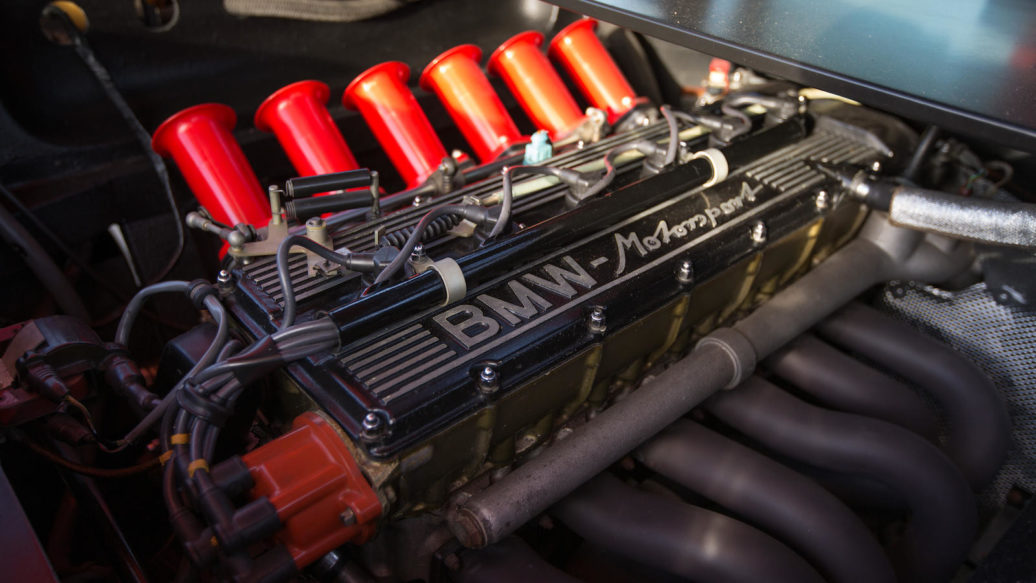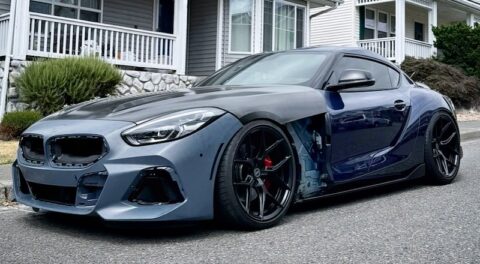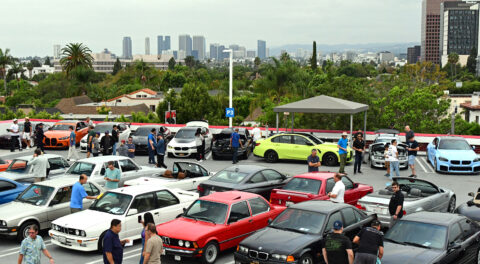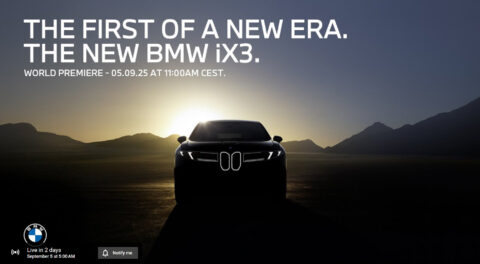Your favorite automaker is going all-electric. BMW hasn’t resigned itself to such a future yet, but plenty of others have, and there are several upstarts waiting in the wings to follow on the success of those who first embraced electrification on a broad scale. Cadillac, Jaguar, Lotus, Volvo, and Hyundai have all vowed to do so by 2030, and Audi—an automaker once known for the five-valve cylinder head—is promising to complete its transition to an all-electric lineup by 2026. Various other brands are surely close to announcing similar intentions, and it’s seems clear what development dollars have been earmarked for going forward.
But what if the root of your automotive enthusiasm, and the reason you got into cars to begin with, was because of the engines?
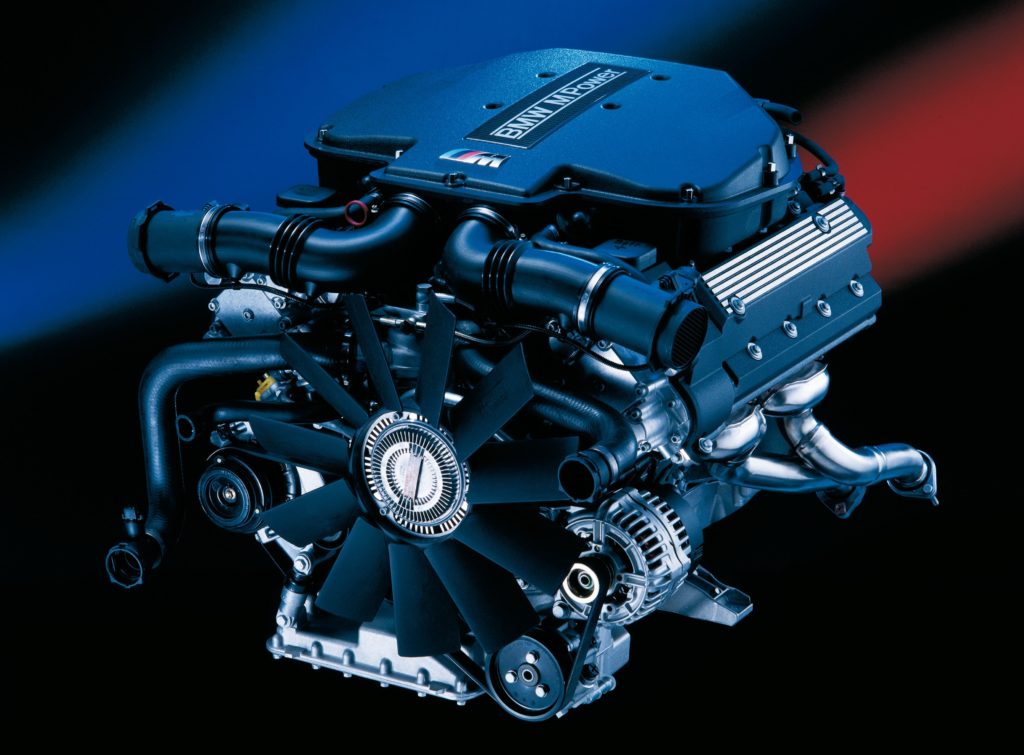
Perhaps it’s not solely the engines, but the mechanical nature of cars in general, and how the whole is greater than the sum in terms of the parts working together. We don’t call it the driving experience for nothing, and in the automotive world in which we’ve all cut our teeth, the engine is an integral part of that experience—and I am going to miss it.
If you’re reading this, you’re likely familiar with the array of exceptional engines developed and produced by BMW over the years. From the prewar M328 to the current B58 and S58, BMW is known for the inline six, but the brand has also been responsible for a pantheon of other fascinating and unique designs, like the all-aluminum overhead-valve V8 used most famously in the 507, and modern families of the inline four, V8, and V12. A bit of the personality and particular nature of these engines seemed to vanish with the advent of turbocharging and direct injection, but the letter M in BMW stands for Moteren, which still translates to engines, and the brand is still recognized as a producer of great Motoren indeed.
But I’ve never been opposed to alternative propulsion methods, and I’m not here to debate which is the most practical. One thing I’m certain of, however, is that the automotive industry is heading toward homogeneity in the form of electric cars which are largely differentiated by their design and whatever artificial sound has been developed for a specific model; BMW has done something smart and tapped Hans Zimmer for the job.
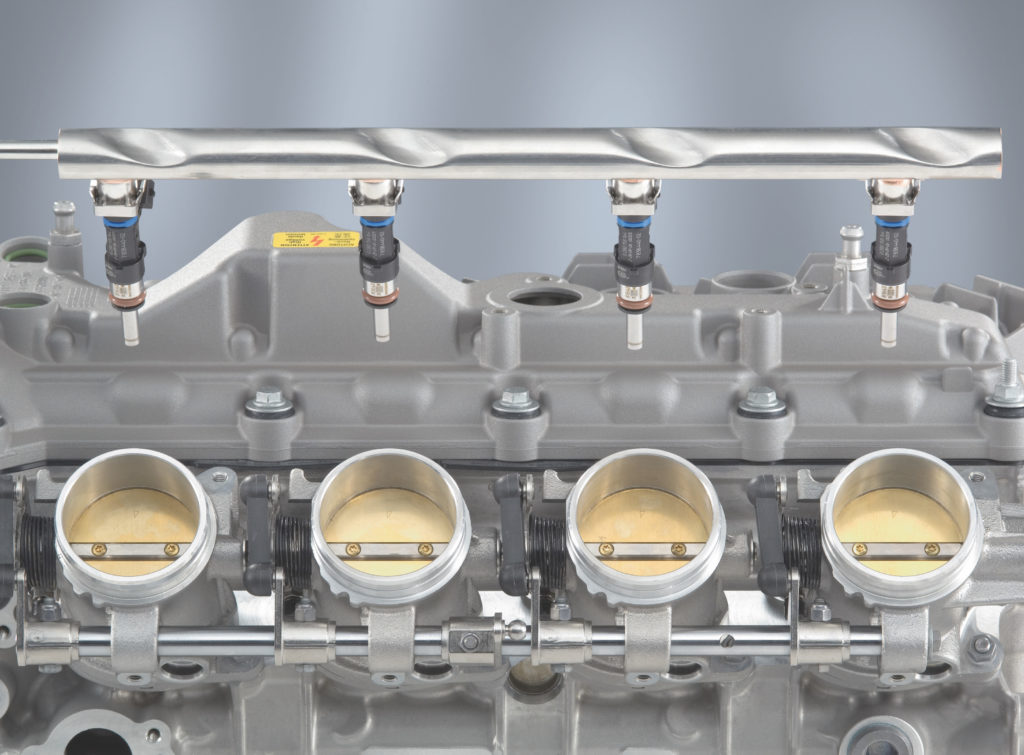
In that world, I’m going to miss what individual automakers were known for. For BMW at its height in 2001, it was the naturally-aspirated engine: Just a few years removed from the McLaren F1 and its BMW V12, we got models like the E39 M5, the E46 M3, the Z3, the Z8, and a handful of others. These cars carried the apex of naturally-aspirated BMW engineering, the S62 V8 and the S54 inline six. A few years later, just before the beginning of the end, when turbochargers began to muffle exhaust notes across the range, we got the S85 V10 and S65 V8 in the E60 M5 and the fourth-generation M3.
It’s not just BMW. The competitors of the high-strung engines coming out of Bavaria have long been those produced in Stuttgart by Mercedes-Benz (and now Mercedes-AMG, if you want to get specific). Long known for being under-stressed but with brute power coming from displacement instead of revs, the personality of a Mercedes is still there in the brand’s modern cars.
But if you ask those who’ve spent enough time around them, they aren’t quite like they used to be.
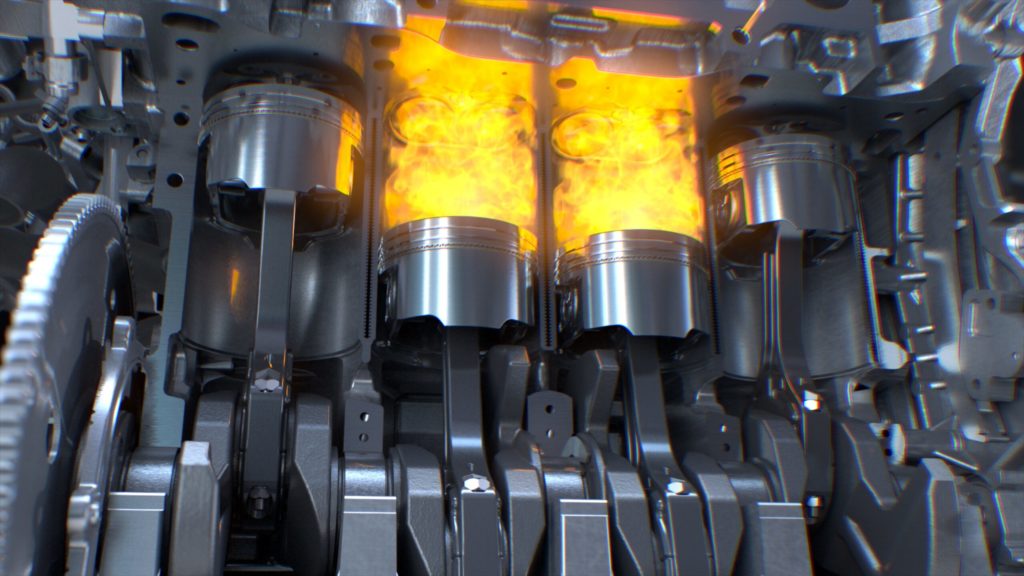
Oooh, graphics! See the two center pistons enjoying a power stroke!
It’s easy to go on; Porsche is known for the flat six, which was unique in remaining air-cooled for decades, while Honda was once known for extracting unheard-of power from small engines with sky-high redlines not often seen on the consumer side of the market. Cadillac built some of the largest engines ever sold, in terms of displacement, and while we’re on the subject of classic American big blocks, it should be noted that Buick, Oldsmobile, and Pontiac all offered their own 455-ci V8s during the late 1960s until the mid-to-late 1970s—and none of them shared any major parts.
There have been at least nine different modern four-liter V8 engines produced at scale since the 1990s, and there were three different five-liter V10s available from different manufacturers during from the early to late 2000s. The same is true of various other internal-combustion configurations; my point is that each has a different personality, as far as engines are concerned.
I missed some great engine experiences by being born too late, but in terms of performance, things have never been better than they are today.
We still have an awesome array of choices in the cars we drive, and how they can act as an extension of our personalities. The M3 has never been for everyone; that’s why there are alternatives like the Alfa Romeo Giulia Quadrifoglio, with its 2.9-liter twin-turbocharged V6, or the Mercedes-AMG C63 AMG, which has a four-liter V8 with its turbochargers mounted between the cylinder banks. All three models compete in the same segment, all three boast comparable horsepower and performance, and yet what they’re like to own and drive is about as varied as it gets in today’s automotive landscape. In the M3 alone, you can get a six-speed manual with rear-wheel drive, or an automatic with a choice of either rear-wheel drive or M xDrive—options you can’t find in any other model.
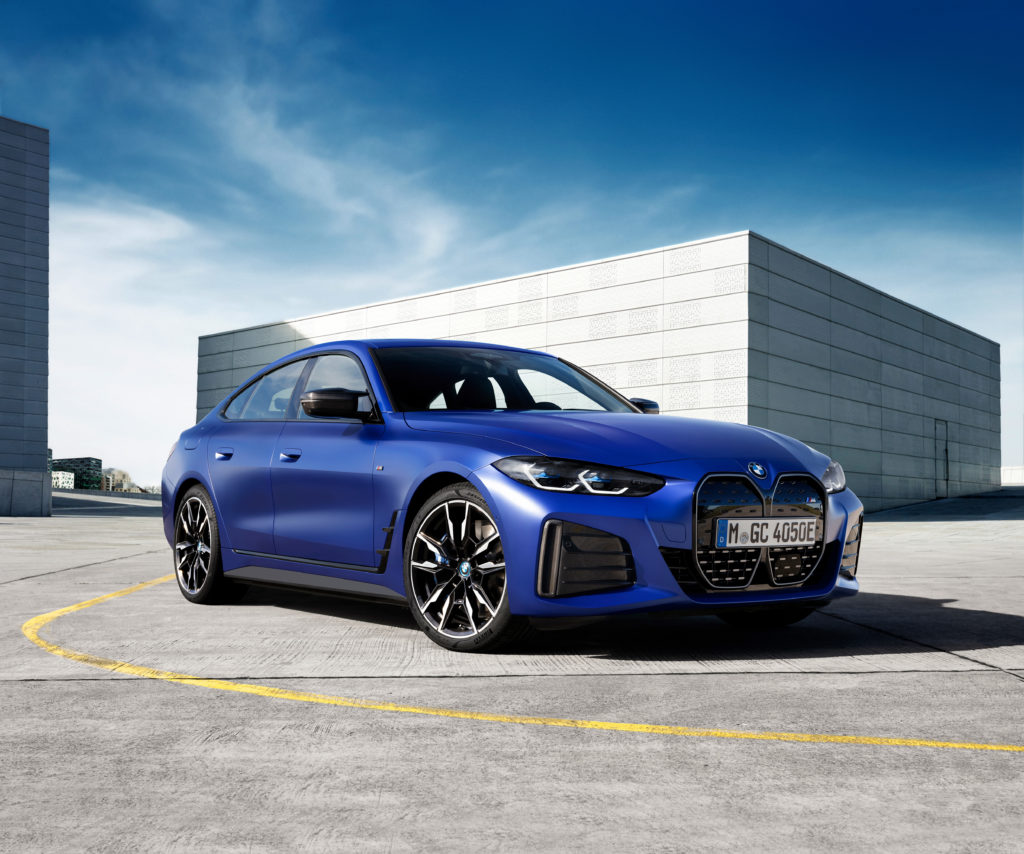
As for the new wave of electrics, the blistering acceleration of multiple electric motors making maximum torque from a standstill is great, but there’s something about the way a BMW engine builds power as it gathers revs, particularly the naturally-aspirated sort, its internals working in unison at breathtaking speed with unmatched exactitude. It’s part of the reason why, while so many of my friends have long since moved on, I’m still sitting here writing about cars from twenty years ago.
I’m going to miss that world when it eventually becomes a figment of enthusiasm as, opposed a facet of daily existence—when it become something we only get to appreciate in the context of select circumstances at preordained destinations. I already miss parts of it, and wish Jaguar and Mercedes still made a V12. I find it a bit sad that Ford and Chevrolet still make great naturally-aspirated V8s, but BMW has long since given up on it, after producing some of the best we’ve ever known: The S62 earned its legendary status in the E39 M5 and the Z8, as well as on race tracks all over the world, and derived from the S85 V10, the S65 is probably the most technologically advanced V8 engine in history.
It’s not completely over yet for the internal-combustion engine, but it feels like we’re gearing up for the swan song. In the meantime, I’ve made it a point to enjoy as many different engines as I can, whether over a brief drive or taking the plunge of ownership. After all, the experience gets even more interesting when you get to worry about the oil, spark plugs, and everything else that actually makes them work.—Alex Tock
[Photos courtesy Alex Tock, BMW AG, Bonhams.]

